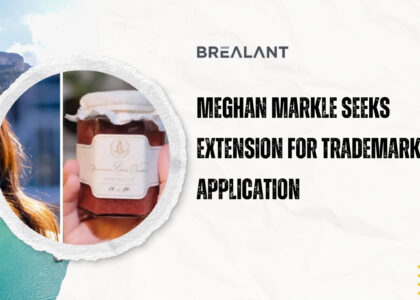Essentials of Patents for Business Owners
Business owners should think carefully about how patents apply to their industry to safeguard their innovations and prevent infringement. An outline of the patent system is given below. However, it would be best if you spoke with a patent lawyer to learn more about how patents might affect your particular industry.
- What is Patentable?
Patents protect novel and valuable techniques, plant species, production objects, formulations, and industrial designs. Patents are distinct from the copyrights and trademarks that safeguard other forms of intellectual property. While copyrights protect artistic expressions, including literary, audio, and visual works, trademarks protect the brand names or logos used to identify goods and services.
- Patent Application Process
A patent application that details the invention must be submitted to be granted. The patent office examines the application to see if it meets the requirements for a patent. The innovation should be sufficiently stated in the application when filed due to costs and numerous regulations. It might be too soon to apply if your idea is only conceptual.
The examination procedure typically takes three to five years for U.S. patent applications. A U.S. patent’s protection covers only the United States and its territories.
- Ownership
Unless the rights have been transferred, the United States inventor is the patent owner. Employees must sign a written agreement assigning their patent rights to the employer.
- Costs
The cost to secure a patent can range from roughly $10,000 to $30,000, depending on the invention’s intricacy and the examination process’s length. A patent, however, might bring value that makes purchasing one well worth it. For instance, patents can be a powerful marketing tool to draw clients and investors.
- Enforcement
For the patent duration, a patent gives you the sole authority to use your invention. For utility and plant patents, the term of a U.S. patent is 20 years from the date of filing; for design patents, the term is 15 years from the date of filing. While the patent holder cannot assign or transfer these rights to third parties, failure could result in the forfeiture of those rights.
It’s crucial to realize that your idea might violate an earlier patent even if you hold a patent. For instance, if your invention is a new machine, some parts or functionalities have already been developed and patented by someone. A patent does not give you exclusive rights to use your invention over those covered by all other patents.
- Loss of Patent Rights
If you or your agent publicly exposes your innovation or makes it available for purchase before applying, you risk losing your ability to patent it. It is possible to prevent this by demanding that the third party sign a CDA/NDA (confidential disclosure agreement/nondisclosure agreement) and keeping track of the date and content of information supplied to third parties. With a patent attorney in advance, go over any planned or previous disclosure to understand the repercussions.








